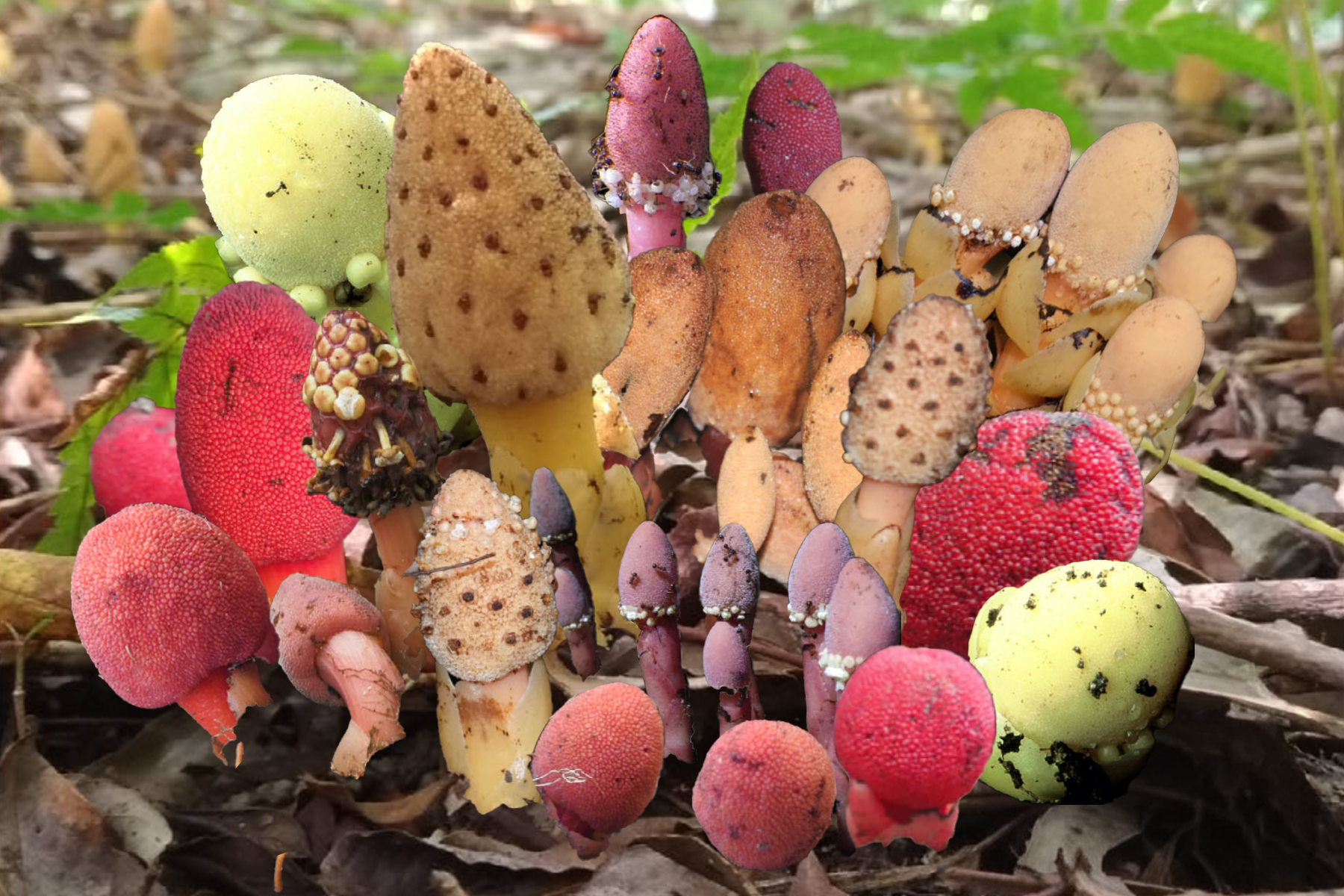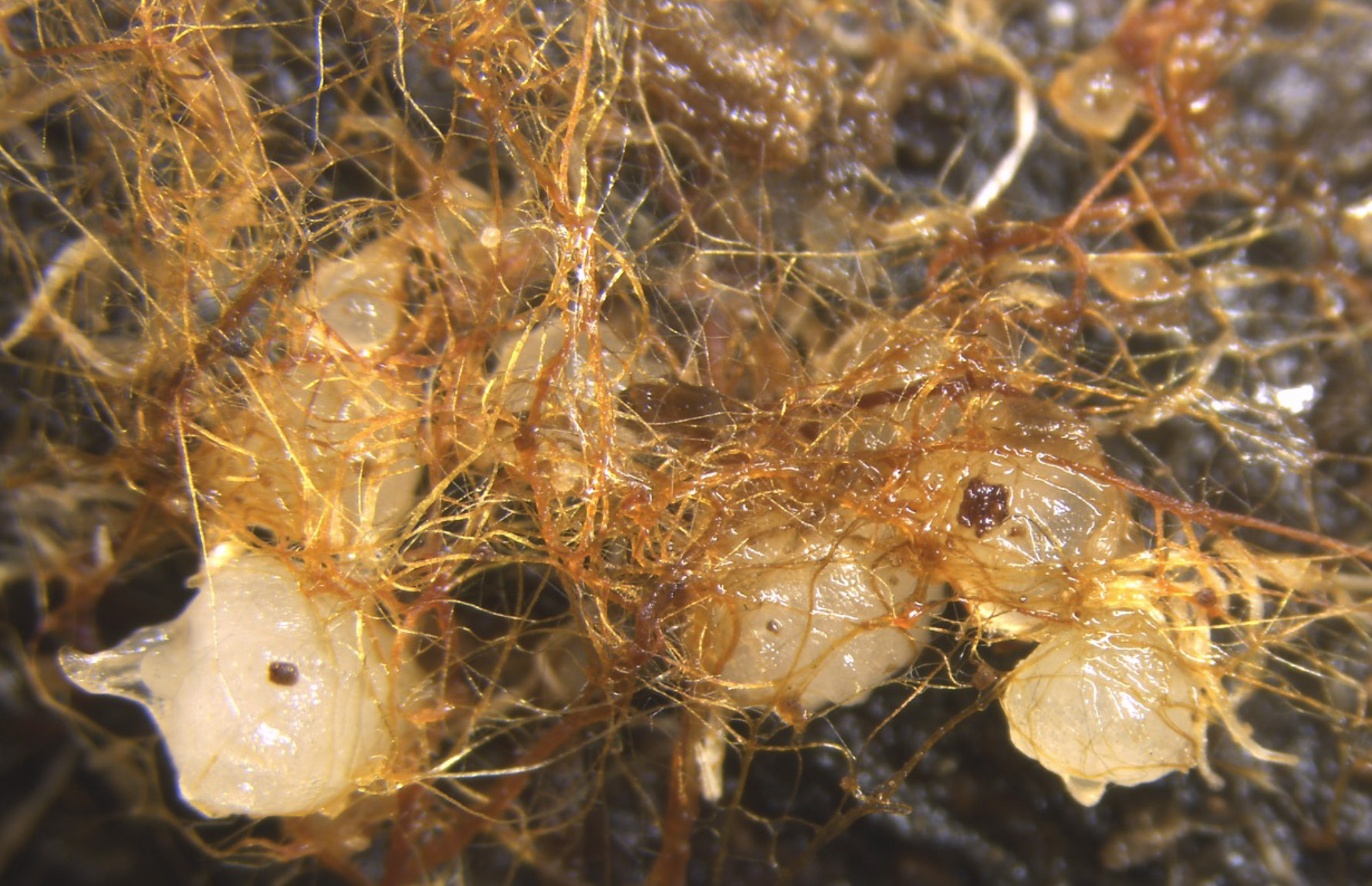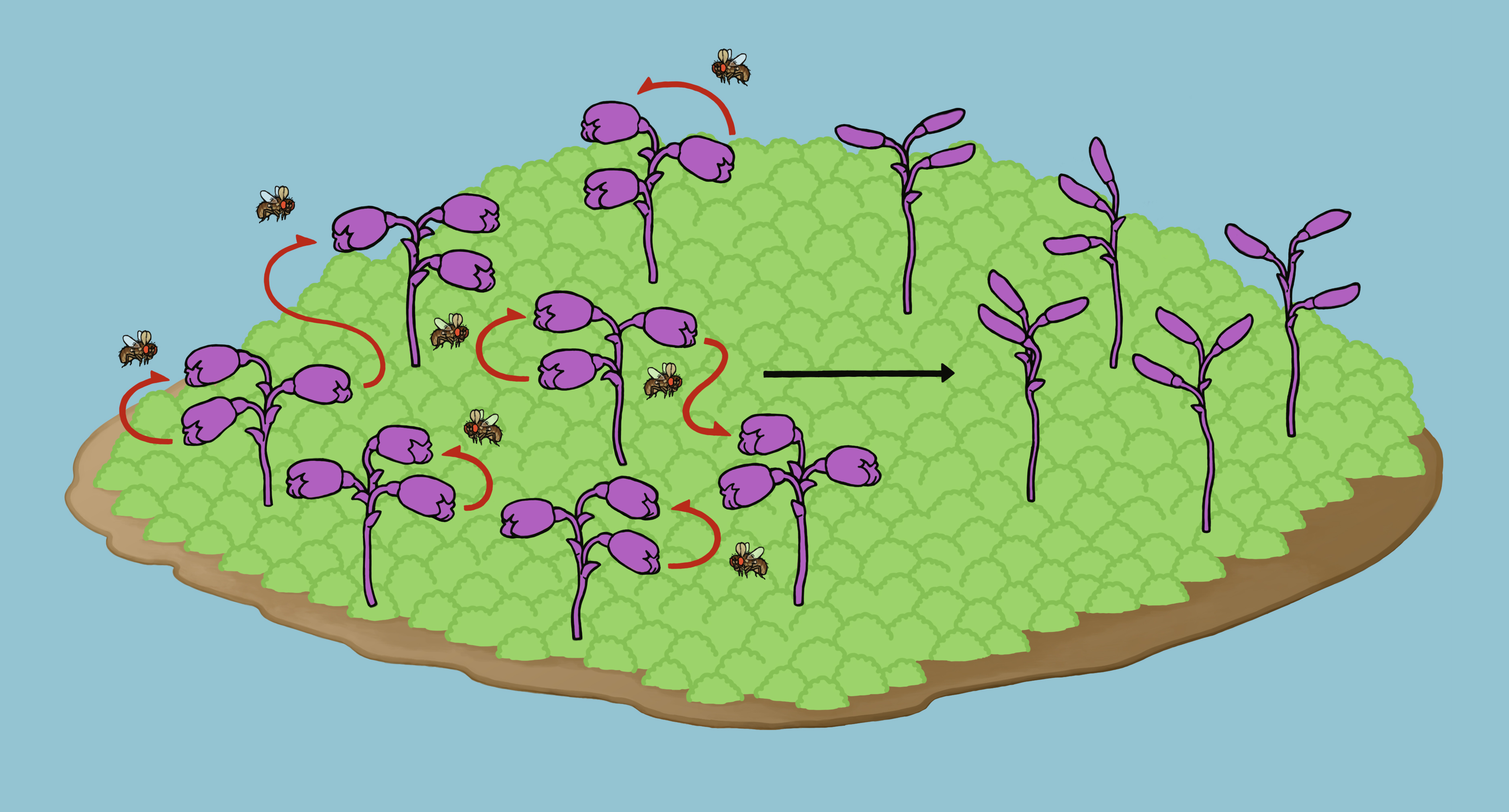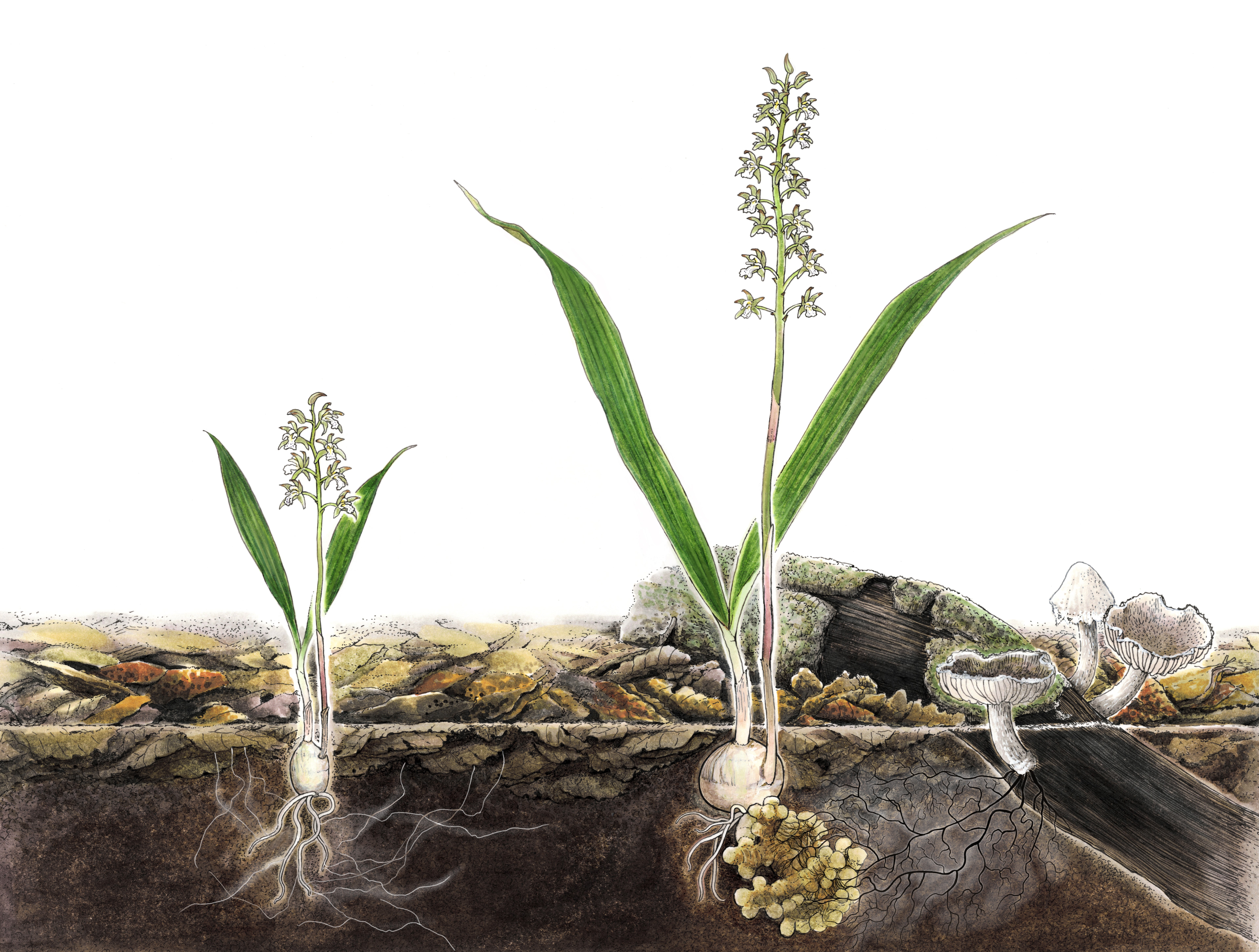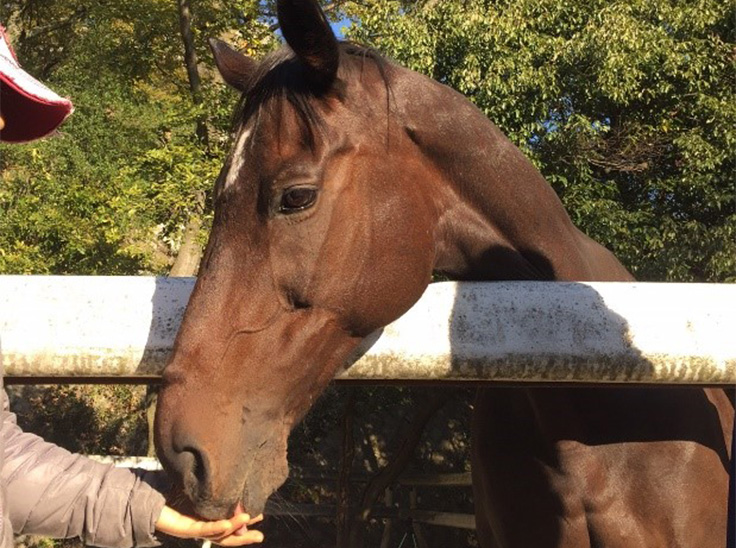Associate Professor SUETSUGU Kenji (Kobe University Graduate School of Science) and independent photographer GOMI Koichi have observed a Japanese squirrel (Sciurus lis) routinely feeding on well-known species of poisonous toadstool mushroom, including fly agaric (Amanita muscaria) and panther cap (Amanita pantherina), in Nagano prefecture, Japan. The same individual squirrel returned a few days later to continue feeding on a panther cap mushroom, leading them to conclude that it is highly probable that these squirrels can safely consume poisonous mushrooms.
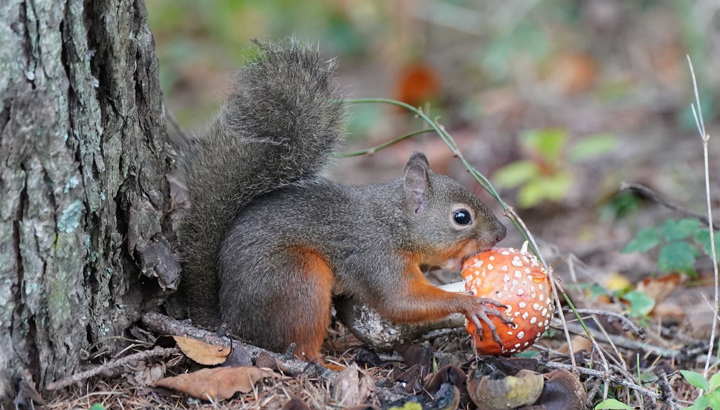
This discovery is an interesting phenomenon, since it is commonly believed that fungal toxins evolved to dissuade animals from eating these mushrooms. Conversely, being consumed by the squirrel may have an advantage for Amanita species. If the spores can survive being eaten and excreted, this suggests that animals may facilitate the dispersal of these fungi.
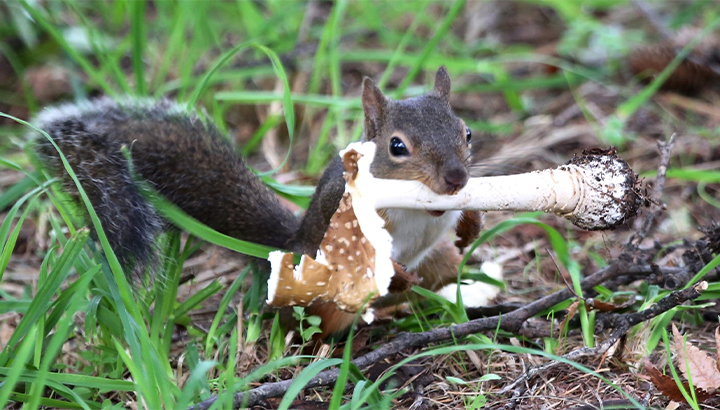
From this discovery, we can infer that squirrels have adapted to safely eat Amanita fungi. On the other hand, it’s possible that Amanita species also benefit from this arrangement as the squirrel may disperse their spores. Next, Associate Professor Suetsugu would like to determine if squirrels do act as a carrier for poisonous mushroom species by investigating whether living spores can be found in squirrel excrement.
This discovery was originally reported in the international journal ‘Frontiers in Ecology and the Environment’ on December 1, 2021.
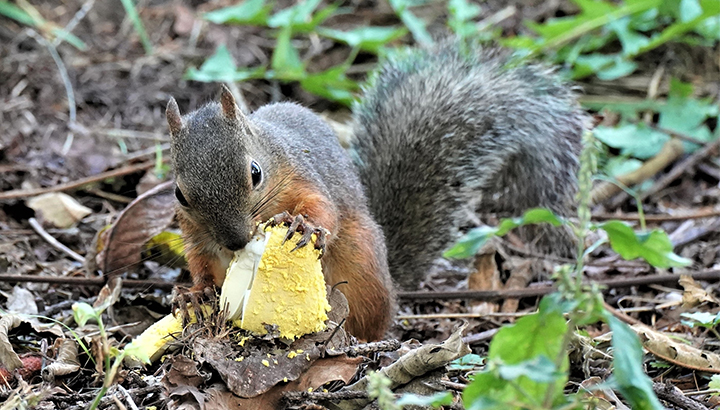
Journal Information
- Title
- “Squirrel consuming “poisonous” mushrooms”
- DOI
- 10.1002/fee.2443
- Authors
- Kenji Suetsugu, Koichi Gomi
- Journal
- Frontiers in Ecology and the Environment





